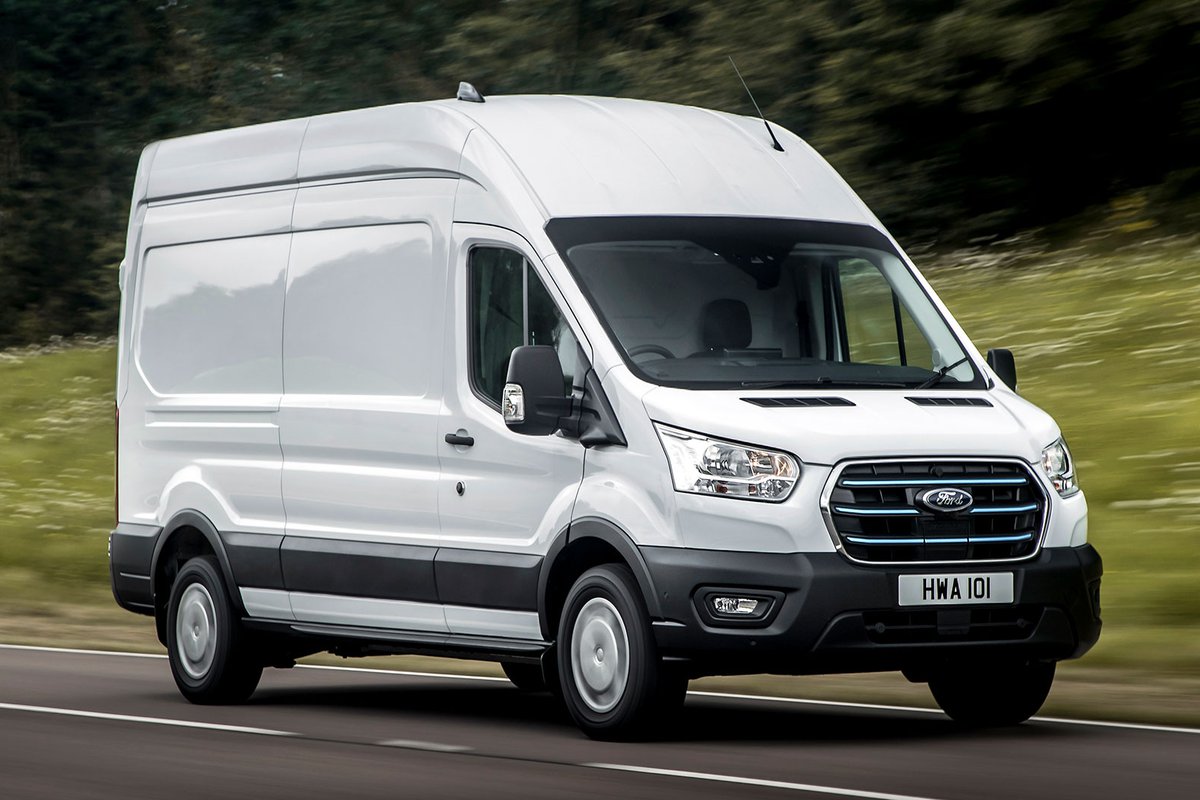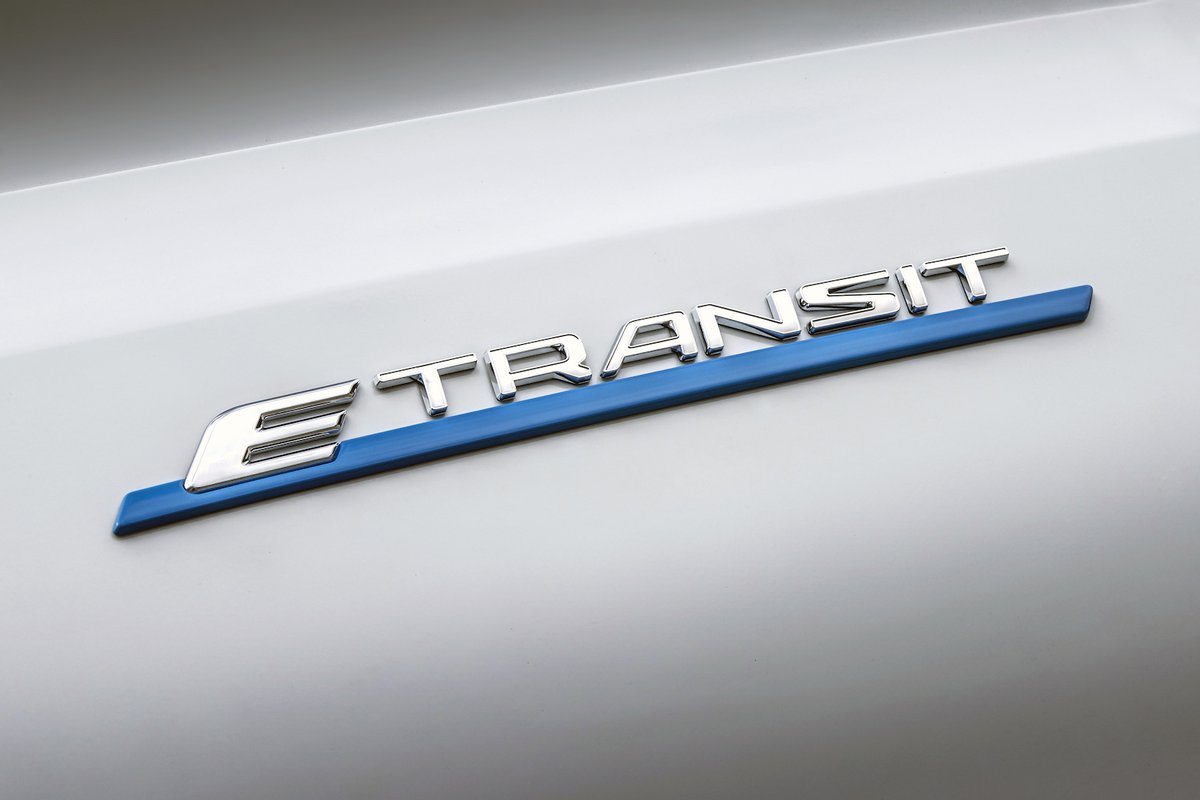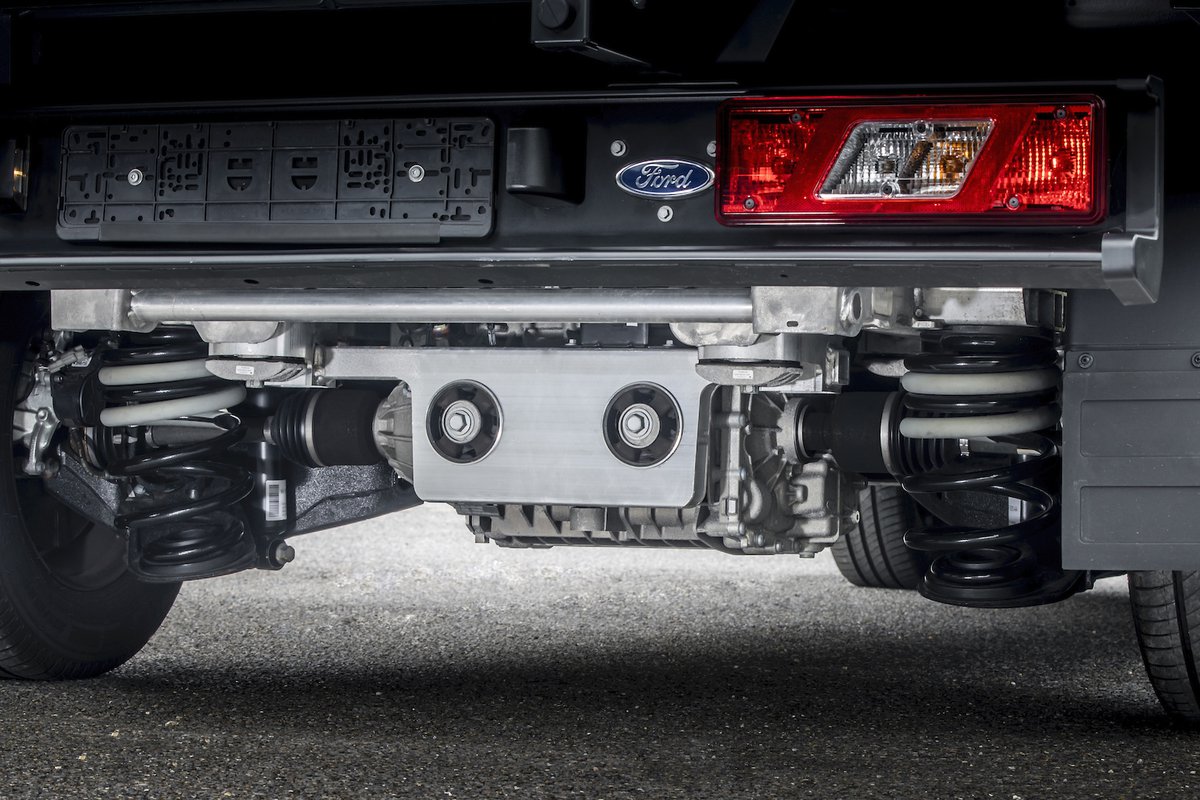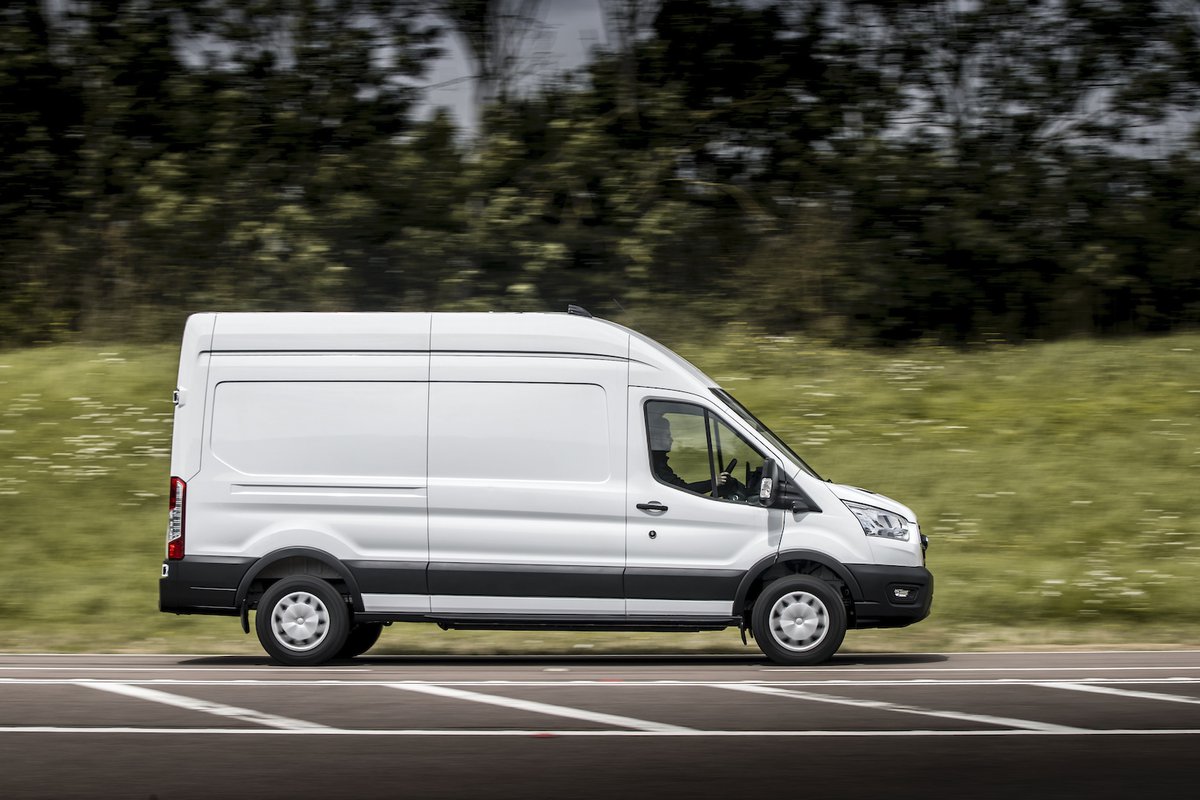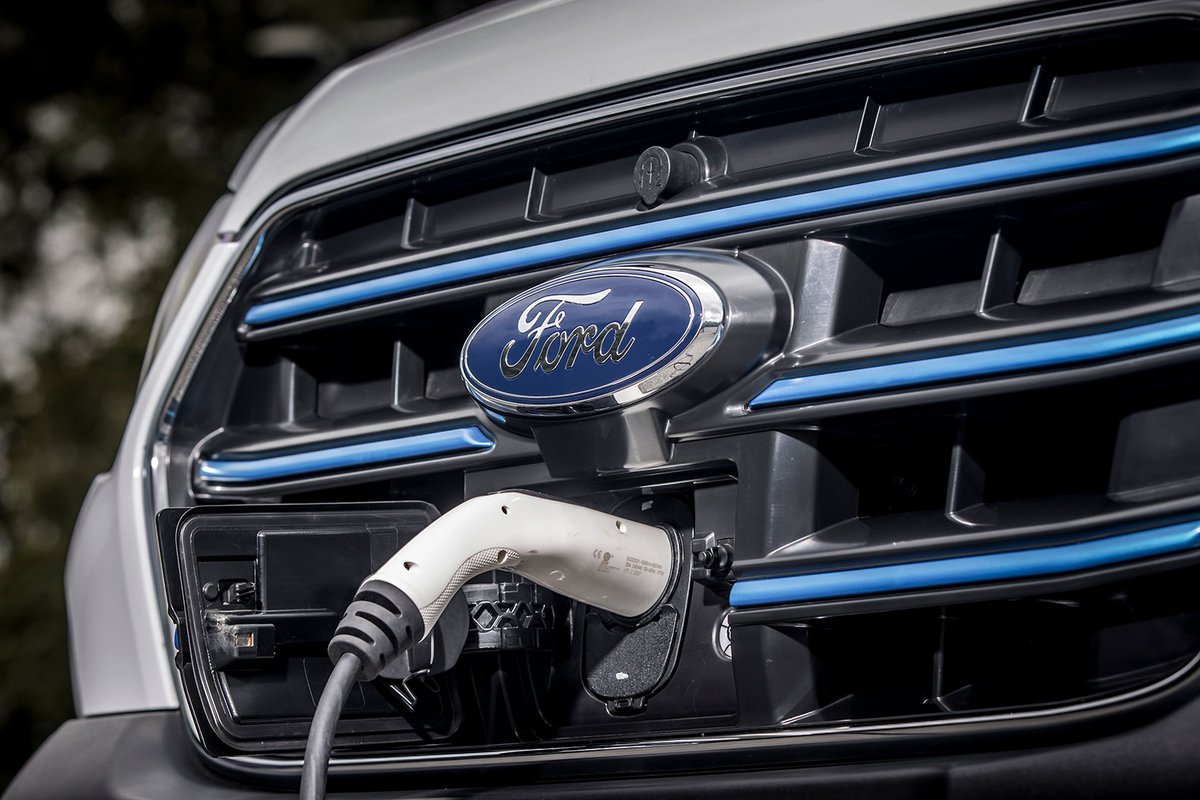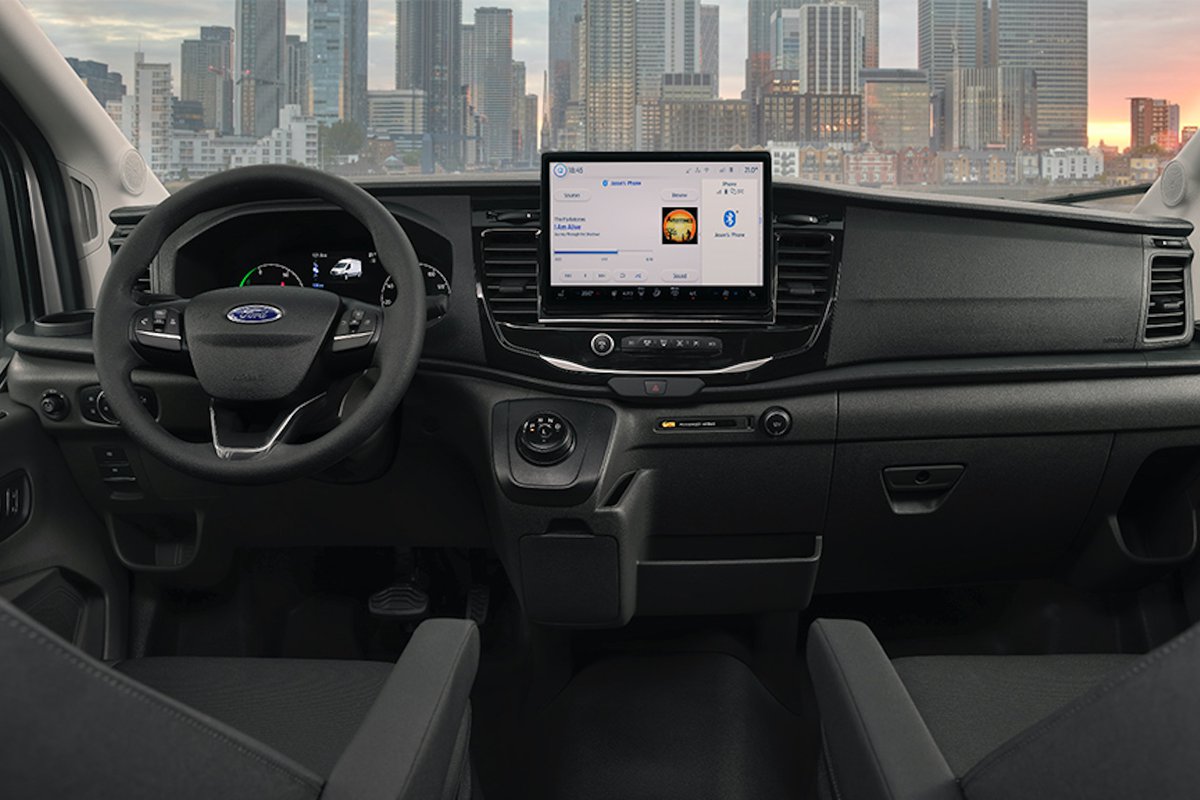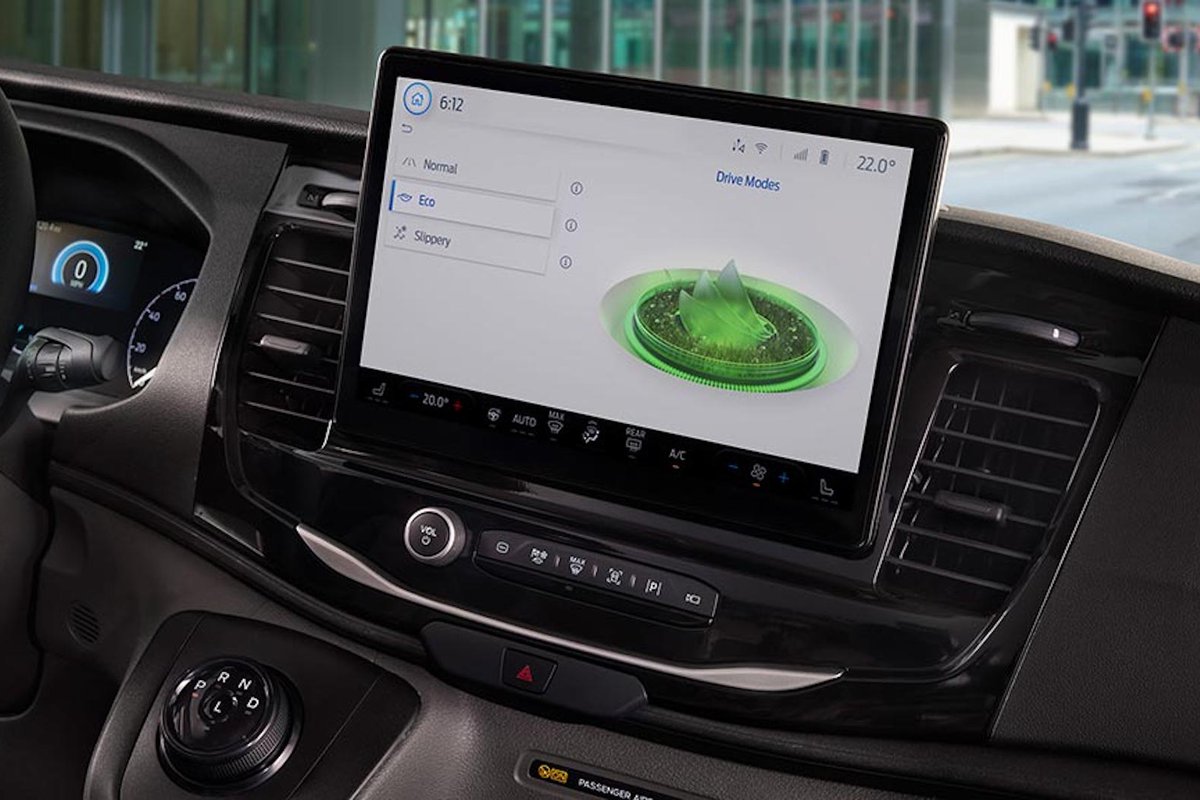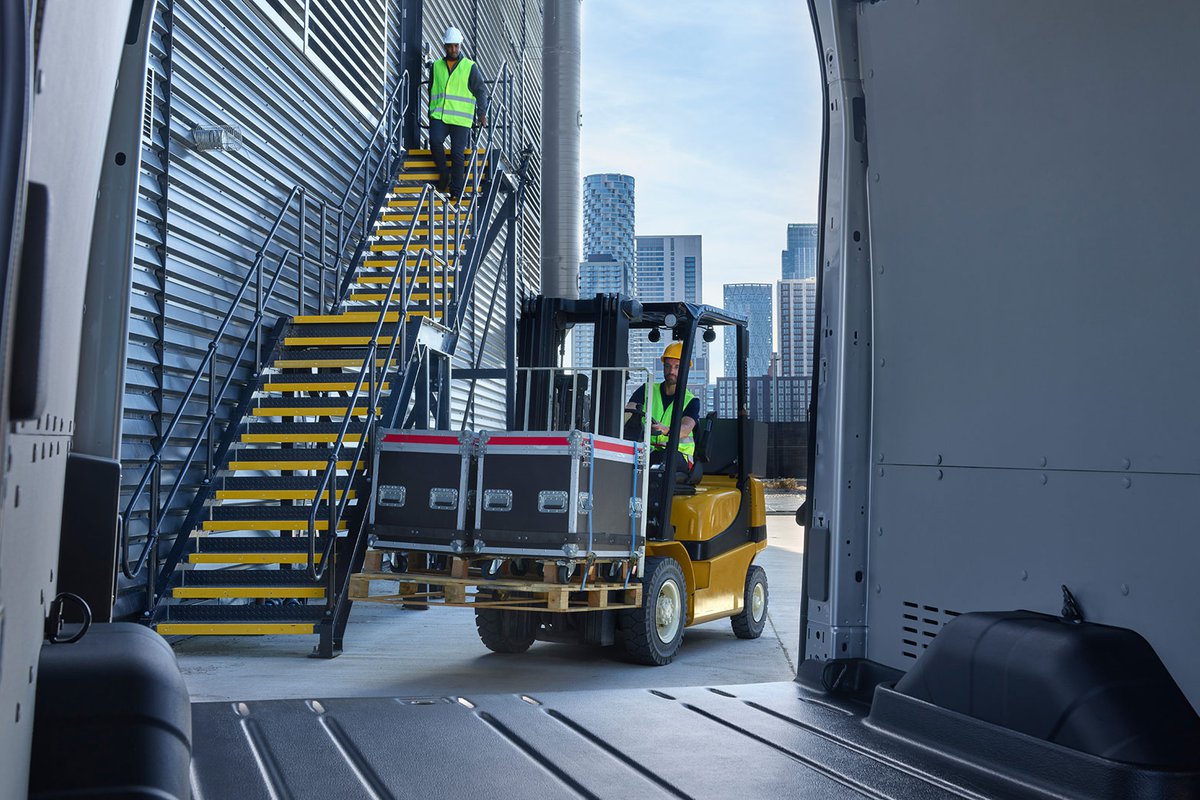We test out Ford’s new electric E-Transit van ahead of its Australian arrival.
In the world of vans, this new Ford E-Transit is as big a piece of news as it’s possible to get. The Blue Oval has been building the Transit for four generations, and the fact that Ford is now making the Transit available as an electric van is nothing short of seismic.
This all-new electric van is heading to Australia too but it won’t launch locally until around mid-2022. However, we’ve had one of the very first drives of Ford’s new E-Transit in the UK to see what it is like.
The conversion from diesel-powered icon to electric trendsetter has not been a simple one, and certainly isn’t as straightforward as swapping the engine and gearbox for a motor and batteries.
The electrical and mechanical elements of the E-Transit have had to be made specifically for the model, and include a completely different rear axle and suspension set-up to the one in the diesel Transit. Then, of course, the motor, batteries and electrical architecture had to be fitted.
Ford isn’t the first manufacturer to go down the electric route with their vans, though. The Renault Master E-Tech has been electrified for several years, while the more recent Mercedes eSprinter has gone the same way.
While many now know that electric cars can be quite quick, most might think that an electric van isn’t going to be setting any land speed records. Well, don’t count on that, because the Ford E-Transit is the most powerful van on the market.
The top-rated 420L version heading to Australia has a massive 198kW and 430Nm of torque available. It will be far quicker than any large van you’re likely to have driven, and the E-Transit is instantly fast and effortless in the way it builds speed.
All that power does help make it quick when running with a full payload and will also be useful for towing. Its range should prove handy, too, with official figures suggesting that up to 317km between charges is possible.
The E-Transit is capable of charging from 15-80 per cent of battery capacity in just 34 minutes if you can find a fast enough charger. In contrast, a standard charge from a 11.3kW wall-box charger will take eight hours.
The batteries are beneath the chassis and hang down below the vehicle in a reinforced box. This lowers the centre of gravity compared with the diesel Ford Transit and its rivals, which mostly house the batteries between the chassis rails. As a result, the E-Transit clings to the road like few other vans.
All that low-down weight makes it ride smoothly too, but the E-Transit also has new coil-sprung rear suspension rather than more traditional leaf springs. The result is not only a quieter van (with the noisy motor part in the rear well away from the driver) but also a better handling and riding van.
Regenerative braking, a mainstay of electric vehicles, is done in two ways in the E-Transit. You can set it for a high level of braking by using the L mode button on the dash, or choose a two-stage method controlled by taps on the brake pedal – the first touch gives you a medium amount of braking, but if you press again, the braking force increases to the high level.
There are three different driving modes available, Normal, Eco and Slippery, so you can choose to have power and acceleration limited to preserve the battery charge or match the road conditions.
Inside, Ford’s Transit has always had a large and spacious interior with a generous amount of storage. The E-Transit is no different in this regard, but there is a very obvious and important change in the electric van version.
Its centrepiece is a 12-inch touchscreen borrowed from the Ford Mustang Mach-E. It uses the Ford SYNC 4 system and gives you infotainment and navigation, as well as access to a new range of connected features through the FordPass Connect online service. SYNC 4 will also get regular over-the-air wireless software updates, keeping the van and its systems up-to-date.
Like the regular Transit, there are a few cubbies dotted around for your odds and ends (although we wish there were a few more) and enough soft-touch plastics to keep things from looking too drab.
The E-Transit 420L for Australia will come in mid and high-roof configurations. The maximum load volume available is 11.3 and 12.4 cubic metres respectively, and its maximum payload carrying ability is 1615kg with a 4.25-tonne gross vehicle mass.
It’s based on the rear-wheel-drive version of the Transit, and the most obvious downside is that the floor of the load bay is particularly high. This could be off-putting for the sort of multi-delivery users who are most likely to be the early adopters of the E-Transit – namely courier fleets.
In terms of safety kit, the model’s introduction has given Ford a good opportunity to bring in some much-needed changes to help it keep pace with its competitors.The most notable improvement to the Ford Transit tech is the upgrade to the Reverse Brake Assist, which uses a camera and sensors to detect pedestrians, cyclists and static objects when reversing. Drivers will get a warning and the van will stop automatically if they don’t react.
Another new feature is the 360-degree camera, which gives the driver a bird’s eye view of the surrounding area on the 12-inch touchscreen.
There’s certainly plenty to like in the new E-Transit but there will also be some questions from those who are not sure if electric range and charging times will suit their requirements. And fair enough when time is money. But for those who are more confident or want to have the idea of a greener fleet, the E-Transit has – for a van – some alluring performance and a decent payload for practical load-lugging.




